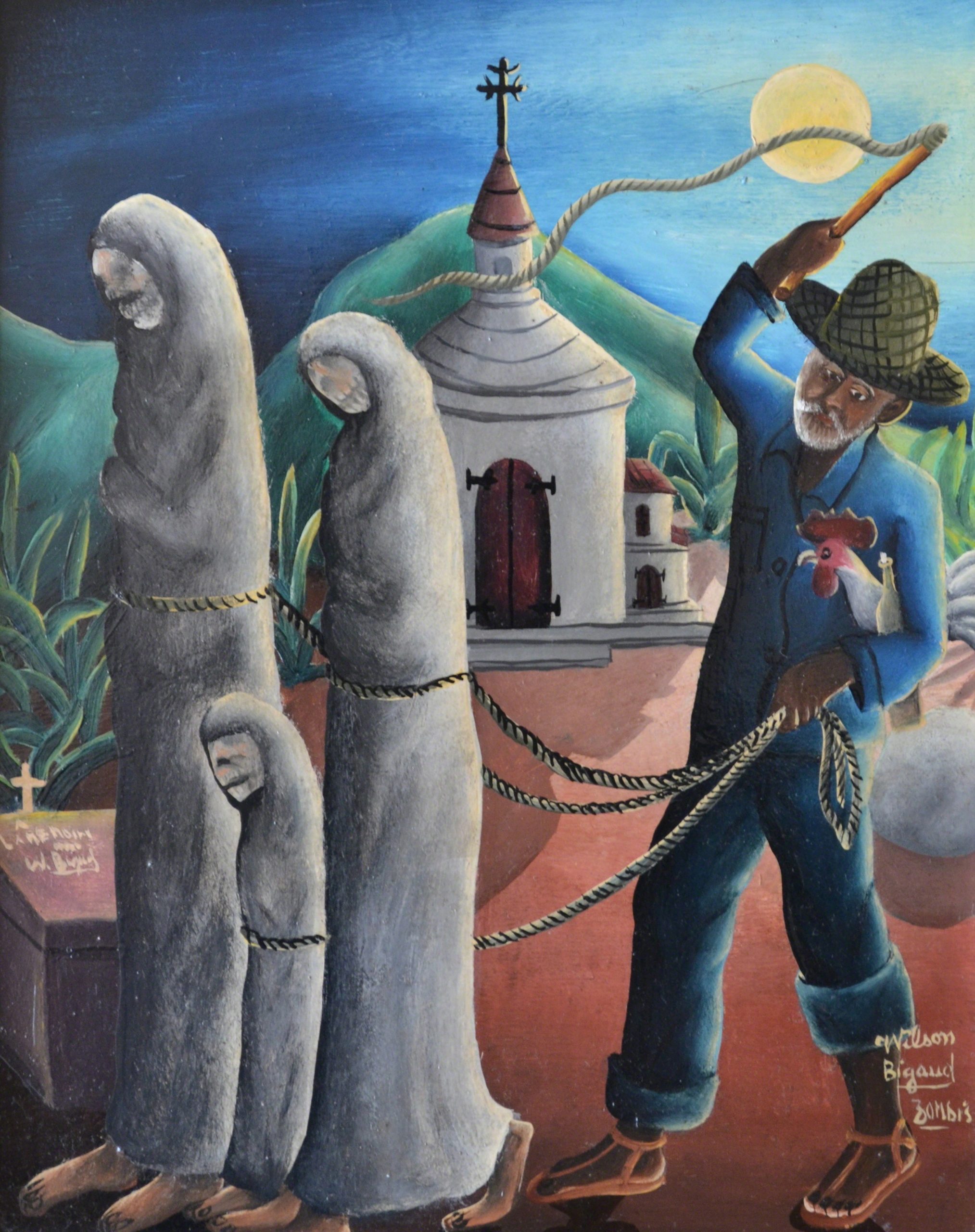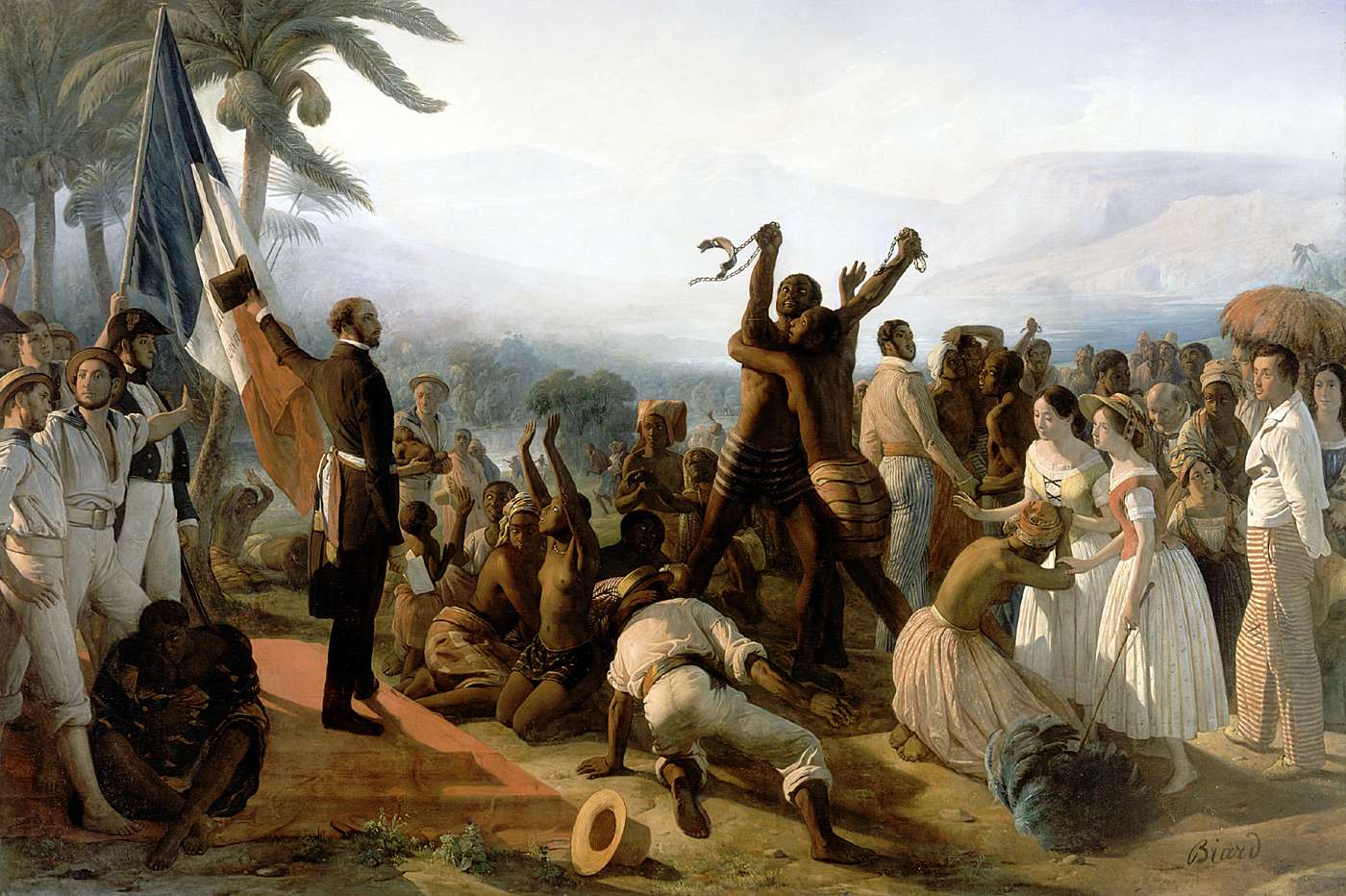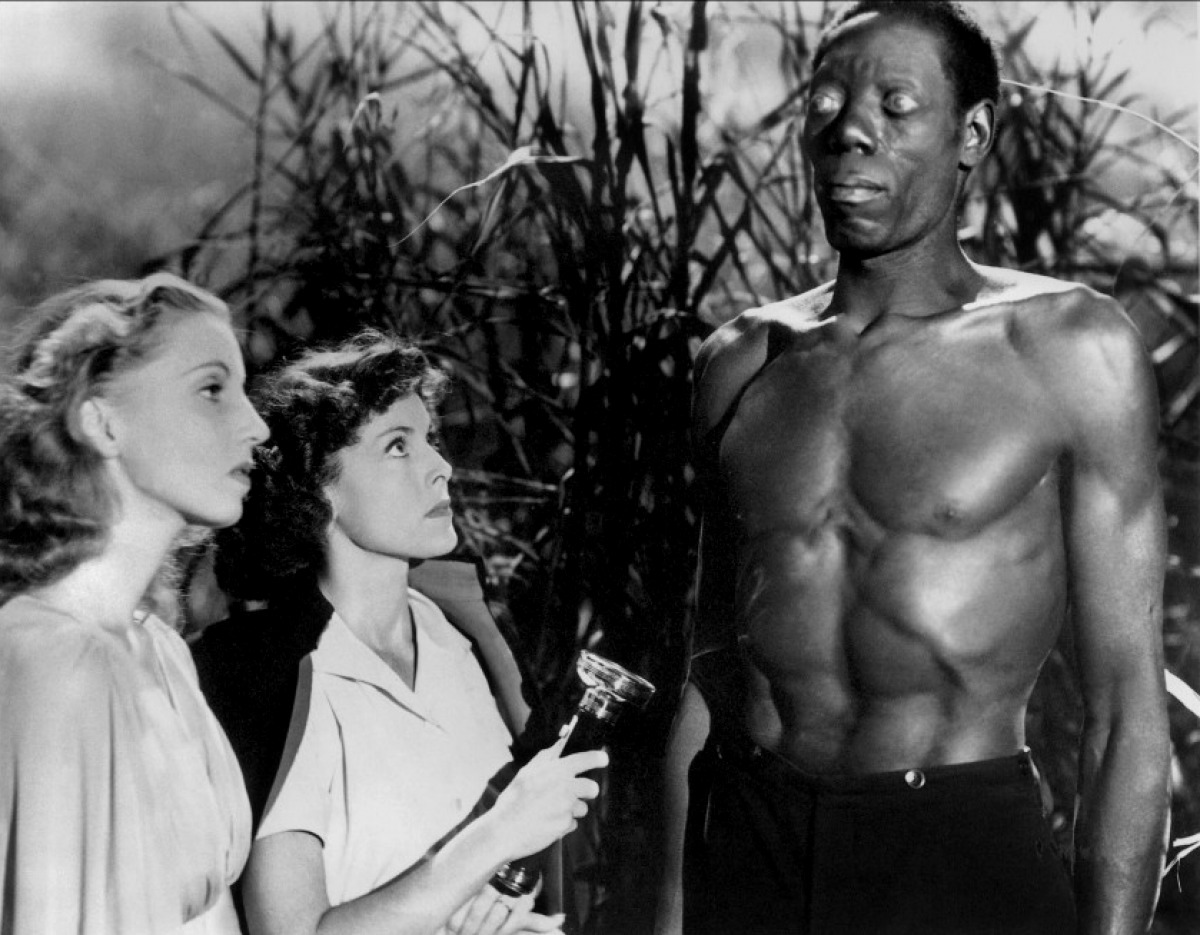Bela Lugosi had a hard time making it in Hollywood.
Talkies, new and on the rise, demanded actors enunciate their words in clear Mid-Atlantic accents, not in Lugosi’s indistinct European tongue. Lugosi, born Béla Ferenc Dezső Blaskó, grew up in Hungary. He developed his acting chops in the Budapest theatre scene but fled after the 1919 Communist Revolution collapsed. Blaskó had been a prominent member of the left-wing actors’ union and became one of many dissidents caught in the crosshairs of Hungary’s new anti-socialist regime.
He spent his early years as a political refugee in Vienna and Berlin, working odd jobs in the Weimar Republic’s burgeoning film industry, until 1920, when he emigrated to America. After several years in New York vaudeville, playing exotic sheiks and mysterious European lovers, Blaskó got his big break– Dracula. Originating the role on Broadway, Blaskó eternalized the titular vampire in the classic 1931 film. Dracula also cemented the type of roles Blaskó would dominate: villains– exotic, European, foreign villains. Like the part he’d inhabit a year later in White Zombie.
In the movie, Blaskó portrays an elusive Caribbean plantation owner, aptly named Murder Legendre– “the zombie master of Haiti.” Through Voodoo, he reanimates corpses and makes them carry out nefarious tasks. His entire plantation, from its sugar mill to its baroque manor, is run by swaths of undead doing his bidding.
When White Zombie first premiered in 1932, critics eviscerated it. Of the movie, one columnist wrote “[It is] interesting only in measure of its complete failure.” Another critic, for the Times, opined that, “[There was not], to be candid, much reason for White Zombie [to exist].” Despite its initial lambasting, White Zombie would become one of the most influential films ever made, eternally altering the landscape of genre cinema. It was the first real zombie movie.
The film’s Haitian setting is no coincidence. Zombies originate from a long tradition of Haitian Voodoo, transported to the West vis-à-vis 19th Century American orientalists. This original version of the zombie is distinct from the cannibalistic dead seen in movies and TV today. The Creole conception falls more along the lines of White Zombie: reanimated corpses carrying out nefarious tasks for their sorcerer masters– working for nothing, with no freedom, on Haitian sugar plantations.
Zombies are more than what meets the eye. The figure is a mangled reflection of a country’s hardships and slavery’s legacy. It’s a reminder to Haitians of a dark history and its perpetual afterlife.

Today, Haiti is the poorest country in the Americas, but three hundred years ago it was the wealthiest place on Earth. The French took a hands-on approach with their Haitian colony, called Saint-Domingue. Encouraging agriculture, in the late 1600s, France started covering all travel costs for Frenchmen willing to work indigo and tobacco fields there. After harvesting other people’s crops, they’d be granted their own piece of farmland. Frenchmen rushed to the opportunity, but few French women went with them. So, the men of Saint-Domingue married women who weren’t white. As different peoples intermingled– white, indigenous, black– Haiti seemed on track to become a uniquely multicultural place. Then, in the late 17th century, France introduced sugarcane, and the island changed forever.
Sugar catalyzed an unprecedented era of Haitian growth. Between 1700 and 1713, just thirteen years, the number of sugar plantations skyrocketed from eighteen to one-hundred-thirty-eight. By 1754, Saint-Domingue had nearly six-hundred plantations. During this period, the colony produced sixty percent of the world’s coffee and fifty percent of its sugar. San Domingue provided, by some estimates, up to half of France’s National Income. As Caribbean historian C.L.R. James notes in his renowned Haitian history Black Jacobins, “on no portion of the globe did its surface…yield so much wealth as the colony [of Saint-Domingue]”.
But the plantation system required substantial investment. To process and refine sugar, the latest technologies were needed– technologies that required ceaseless and exacting labor.
Sugar’s introduction replaced the old mixed-race workforce of French émigrés, local Amerindians, and a small population of African slaves with an exclusively slave-based model.
The chained slaves worked from dawn to dusk under brutal conditions. The slightest offenses were punishable by obscene acts of torture. In retaliation for trying to escape, men would be thrown “into boiling cauldrons of cane syrup,” one former slave recalled. In other instances, men and women would be put, “inside barrels studded with spikes and rolled…down mountainsides into abyss.”
A third of black people brought to Saint-Domingue died within their first three years. Most slaves weren’t expected to live past twenty-one, a mortality rate elevated by economic design: with unending revenue streams, it was more profitable for plantation owners to simply work their slaves to death and import more, than to care for their longevity. African slaves were, in the classical Voodoo sense, “zombified”– used as capital for production, denied the most basic freedoms, and forced to do the bidding of nefarious masters.
By the late 1700s, Saint-Domingue imported more slaves annually than its entire white population. At slavery’s peak, over 90% of Saint-Domincains lived in chains. But that wouldn’t last.

Completely broke, in May 1789, Louis XVI convened France’s estate-general to raise taxes and fund the national debt, but the largely ceremonial council became overpowered by a vitriolic faction of commoners demanding urgent change. Within months the Bastille would be stormed and feudal privileges abolished. As the French Revolution began, these commoners, the “third estate,” firmly directed the country’s political trajectory. In August, they expressed their vision for France in the Declaration of the Rights of Man. The revolutionaries’ first stipulation: “Men are born and remain free”. Haitians in bondage readily agreed. Influenced by rising Jacobin ideals, in 1791 a group of slaves in northern Saint-Domingue rose against their masters. The Haitian Revolution had begun.
Britain and Spain swiftly interjected themselves into the situation, hoping to secure Haiti as their own colonial possession. Most rebels initially sided with the Spanish but flip-flopped after France’s recently-formed National Assembly abolished slavery. Under Toussaint L’Ouverture’s charismatic leadership, the former slaves, in the name of France, expelled Spain and England, ending the violent struggle. The revolution wasn’t complete though. For a brief period, Haiti, led by L’Ouverture, was a semi-autonomous French region that conducted its own trade agreements, not fully independent.
When Napoleon came to power in 1799, Haiti’s grace period with France ended. Bonaparte needed money to finance his wars, and he figured reintroducing slavery to Saint-Domingue would generate that revenue. He sent his brother-in-law, Charles Leclerc, and forty-thousand soldiers to bring the island back under France’s empire. But Haiti prevailed. Through guerilla warfare and a decimating yellow fever epidemic that killed thousands of French troops, including Leclerc, Haiti expelled France for good. On New Year’s Day 1804, Haiti proclaimed independence. However, independence wasn’t freedom for this Caribbean nation.

Prior to the revolution, Saint-Domingue had an export economy. It produced cash crops, like sugar and coffee, and shipped them all over the world. France’s revenue came only through a small export tax. This arrangement worked for nearly a century and made Saint-Domingue famous for its riches, but maintaining the colonial system wasn’t a viable option for newly independent Haiti.
Haiti was the first modern, independent black nation, boogeyman to the white, slave-owning powers that dominated the early 19th Century. Horrified world leaders blocked trade with Haiti, leaving the island economically isolated from the rest of the world.
Haiti’s export economy had nobody to export to.
Countries eventually dropped their embargos, Britain being the first in 1808, but others took longer. The United States maintained its trade embargo on Haiti for over half a century, not lifting it until 1862. Without a market to sell sugar and coffee to, the colonial system didn’t work. There was more to it though.
Haiti’s decade of war had demolished its farming infrastructure. In a study on Haiti’s wartime economy, Swedish economist Mats Lundahl concluded that by 1795, five years into the war, “agriculture was virtually dead.” Production of Haiti’s cash crops came to a halt during the revolution.
Haiti needed investment to re-establish its agricultural framework, but that wasn’t going to happen without investment, and the country had little domestic wealth. Prior to its independence, white people owned three quarters of all property in Haiti; they were the ones with capital and investment power. During the revolution, most of them either died or left, taking the island’s wealth with them. Haiti had independence, but no funds.
Foreign investment wasn’t feasible either. Rich slave-owning nations were reluctant to invest in Haiti. It’d send a bad message to domestic slave owners, who’d feel slighted, and to their slaves, who might get inspired. But Haiti didn’t even want international help.
General Jean-Jacques Dessalines, who succeeded L’Ouverture, prioritized the removal of whiteness from Haiti above everything else. He killed all remaining French citizens and promulgated a constitution that declared “No whiteman… shall put his foot on this territory with the title of master or proprietor, neither shall he in future acquire any property therein.” Foreign investment, in effect, was constitutionally prohibited.
Without markets to sell to or investment to rebuild, Haiti’s plantation economy was dead. But that didn’t stop leaders from trying to bring it back to life.
During the interwar years, when Haiti held a degree of autonomy but lacked full independence, Toussaint L’Ouverture calculated that Haiti’s greatest chance of financial success lay in upholding the colonial plantation system. Ex-slaves didn’t want to work on the sugar and coffee fields they had just been liberated from though. They had fought a long, bloody war to be free of plantation work for good. They’d never go back on their free will. So, L’Ouverture forced them to work.
This new system of coerced labor wasn’t entirely akin to slavery. Workers did receive about a quarter of their plantation’s profits, but landowners (appointed through cronyistic connections) received twice that. Workers also weren’t free to leave, as their movement was regulated by strict vagrancy laws. While L’Ouverture’s labor system wasn’t slavery, it had a similar stench. Instead of a white land-owning elite, a black land-owning elite. Instead of racist mercantilism, crony capitalism. Inequalities prevailed, only with a different cast.
When L’Ouverture was captured and imprisoned in France (where he later died), few Haitians shed tears for the man that reintroduced forced labor to their country. After L’Ouverture’s departure, Dessalines maintained the near-slavery system until his assassination in 1806.
After that, the country split in two and Haitians had to make a choice. In the North, General Henry Christophe maintained L’Ouverture’s system of forced labor. In the South, General Alexander Petion had abolished it, instead redistributing plantation land into small holdings for soldiers, civil servants, and commoners. Haitians could choose which future they wanted. On one hand, the delusion of economic viability and, on the other, the realization of dignity. The choice between state revenues and freedom. Between serving nefarious masters and aspiring to the promises of the revolution.
Was it even a question for the ex-slaves? They voted with their feet, fleeing the North’s oppression for the South’s agricultural homesteads. After Petion’s death, Jean-Pierre Boyer, empowered by a satisfied Southern population, took over the North, uniting Haiti under a small-scale farming economy.
However, it was only a matter of time before Boyer also attempted to impose a forced labor system.
In 1825, French warships landed on the shores of Port-au-Prince demanding Haiti pay reparations to former slave owners — a sum today worth $21 billion. Suddenly in massive debt, Boyer found himself in the place of his predecessors, suggesting that in order to increase Haitian revenue, coerced labor ought to be revived. But it wasn’t so simple for Boyer. Plantations had been redistributed into small farms, making large scale fieldwork implausible. After decades of constant violence and upheaval, the Haitian people were done doing other people’s bidding. Boyer was forced to flee the island in 1843, leaving Haiti a free nation, albeit a poor one.

“There’s an expression that I’ve heard recently that has been used with regard to Haiti in the aftermath of previous [crises],” Elliot Waldman, senior editor of the World Politics Review, said in a recent discussion with Haitian activists, “which is that ‘Haiti just can’t catch a break’ that these crises happen one after the other.” In July 2021, Haiti’s president Jovenel Moïse was assassinated, and, in August, a 7.2 magnitude earthquake killed two-thousand people– all in the midst of ongoing economic calamity and rampant gang warfare. While it’s certainly true that Haiti faces an onslaught of problems, the notion that, “Haiti just can’t catch a break,” ignores the fact that a lot of Haiti’s problems have been imposed upon it.
President Moïse, who Waldman described as a “dictator,” ruled by decree, called off elections, and dismissed all the country’s elected mayors. In the wake of mass opposition protests, he turned Haiti into a near-police state– reviving the national army and piloting domestic surveillance. And he did all this with US and UN backing.
Haiti’s poverty is likewise foisted upon it from abroad. “By forcing Haiti to pay for its freedom, France essentially ensured that the Haitian people would continue to suffer the economic effects of slavery for generations to come,” said Marlene Daut, Professor of African Diaspora Studies at the University of Viriginia. It’d take Haiti over a hundred years to pay off the debt France imposed in 1825, not fully clearing it until 1947.
Saint-Domingue’s colonial institutions were intended to enrich a country halfway around the world, not to maintain an island’s well-being for centuries on end, yet Haiti’s modern political framework is rooted directly in these extractive 17th century institutions. Haiti hasn’t developed into a first-world nation because its systems were never designed to, and they were never redesigned, either. Successors to colonial rule have benefited from bad government, using legal loopholes to enrich themselves and their allies. These corrupt practices produce a vicious circle of dictatorship, cronyism, and ceaseless wealth extraction from one segment of society to benefit a smaller sub-segment.
While the people of Haiti have as much liberty as their incomes allow, the state itself has been zombified. It’s bound by a legacy of oppression and poverty to perpetuate the past and continue a vicious cycle of broken institutions. No bullet to the head can kill this monster. As political economists James Robinson and Daron Acemoğlu write, only a “confluence of factors [contributing to reform] … and some luck” can break such cycles of poverty and corruption. The growing strength of Haitian civil society is more than promising. Through mass demonstrations and vigorous organizing, the grassroots push for effective, democratic governance grows stronger by the day. Until this movement achieves its aims, though, Haiti will remain a zombified state: its people unfree; its leaders corrupt; and its broken institutions refusing to die.
Featured image source: Repeating Islands






Comments are closed.